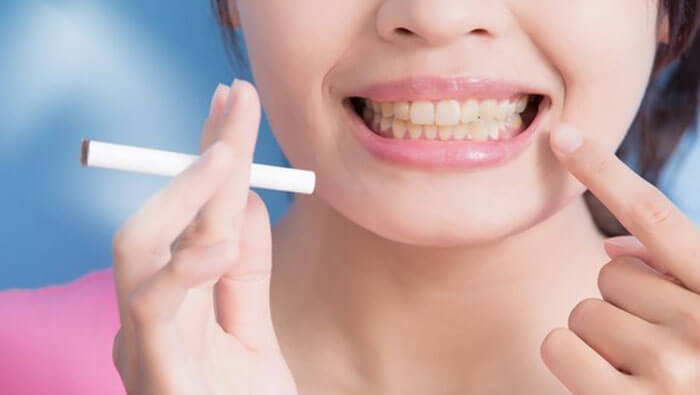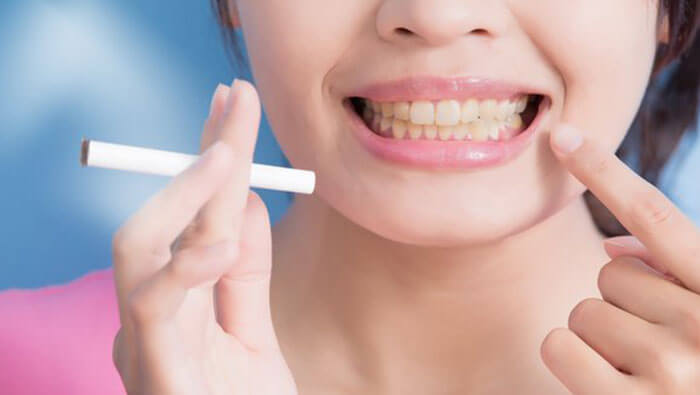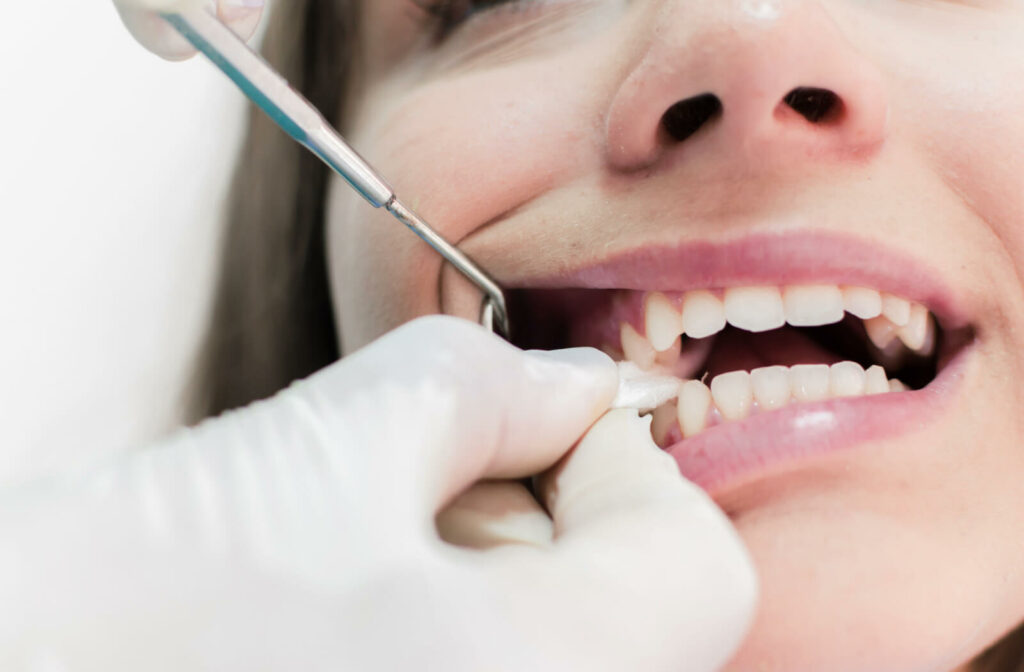Smoking After a Tooth Extraction: Risks and Alternatives
So you’ve had a tooth extraction, and the craving for a cigarette is setting in. While smoking might seem like a way to relax after the procedure, it’s important to understand the significant risks it poses to healing and increases the chances of a developing a painful condition called dry socket. This guide explores the dangers of smoking after a tooth extraction, offers alternative coping mechanisms for cravings, and provides a roadmap to a smooth recovery.
Why Smoking is Detrimental After a Tooth Extraction
Smoking poses several threats to the healing process following a tooth extraction:
- Impaired Healing: Smoking constricts blood vessels, reducing blood flow to the extraction site. This vital blood flow carries oxygen and nutrients necessary for healing and forming a blood clot. Without proper blood flow, the healing process is significantly hampered.
- Increased Risk of Dry Socket: Dry socket is a painful condition that occurs when the blood clot protecting the exposed bone and nerves at the extraction site gets dislodged or dissolves too early. Smoking creates suction in the mouth, which can easily dislodge the clot, leading to dry socket.
- Infection Risk: Smoking weakens the immune system, making you more susceptible to infections after surgery, including at the extraction site.
- Increased Pain: Smoking can irritate the extraction site and exacerbate post-operative pain.
The Importance of Avoiding Smoking After Tooth Extraction
Ideally, it’s best to avoid smoking altogether, especially in the crucial healing period following a tooth extraction. Here’s a breakdown of the recommended timelines:
- 24-48 hours: This is the most critical window for clot formation. Completely abstaining from smoking during this time is essential for optimal healing.
- 1-2 weeks: Continued abstinence from smoking is highly recommended to minimize the risk of complications.
- Beyond 2 weeks: While the risk of dry socket lessens after two weeks, smoking is still discouraged as it can hinder complete healing and irritate the extraction site.
If quitting smoking altogether seems daunting, consider this: a successful tooth extraction recovery can be a stepping stone towards quitting smoking entirely.
Alternatives to Cope with Cravings
If you’re struggling with cigarette cravings after your tooth extraction, here are some helpful strategies:
- Nicotine Gum or Patch: Nicotine replacement therapy can help manage cravings without the harmful effects of smoking. Consult your dentist or doctor to determine if this is a suitable option for you.
- Hard Candy or Sugar-Free Snacks: Sucking on hard candy or sugar-free snacks can help keep your mouth occupied and distract you from cravings. Choose sugar-free options to avoid promoting tooth decay.
- Oral Hydration: Drinking plenty of fluids keeps your mouth moist and can help reduce cravings. Opt for water, sugar-free drinks, or cool herbal teas.
- Mind Relaxation Techniques: Practice deep breathing exercises, meditation, or progressive muscle relaxation to manage stress and cravings.
- Distraction: Engage in activities that keep your mind occupied and take your focus away from smoking, such as reading, listening to music, or watching a movie.
Additional Recovery Tips for a Smooth Healing Process
- Follow your dentist’s post-operative instructions carefully. This includes information on pain medication, rinsing your mouth, and dietary restrictions.
- Maintain proper oral hygiene: Gently brush your teeth around the extraction site after the first 24 hours to remove food particles and promote healing.
- Use a cold compress: Apply a cold compress to your cheek near the extraction site to reduce swelling and discomfort.
- Get enough rest: Allow your body ample time to heal and recover from the procedure.
FAQ on Smoking After Tooth Extraction
Q: Can I vape after a tooth extraction?
A: While research on vaping after tooth extraction is limited, it’s generally discouraged. Vaping can irritate the extraction site and potentially hinder healing. It’s best to consult your dentist for specific guidance.
Q: What are the symptoms of dry socket?
A: Dry socket can cause intense pain at the extraction site, often radiating to the ear or jaw. You might also experience bad breath, a visible empty socket, and possible pus discharge.
Q: How long does it take to recover from a tooth extraction?
A: Complete healing after a tooth extraction can take several weeks. Most of the pain and discomfort subside within a few days, but full recovery of the bone and gum tissue can take 6-8 weeks.
Q: Can I smoke marijuana after a tooth extraction?
A: Smoking marijuana carries similar risks to smoking cigarettes after a tooth extraction. Inhaling the smoke can irritate the extraction site and hinder healing. Consult your dentist for the best course of action.




